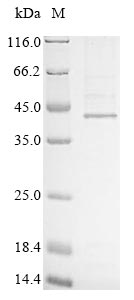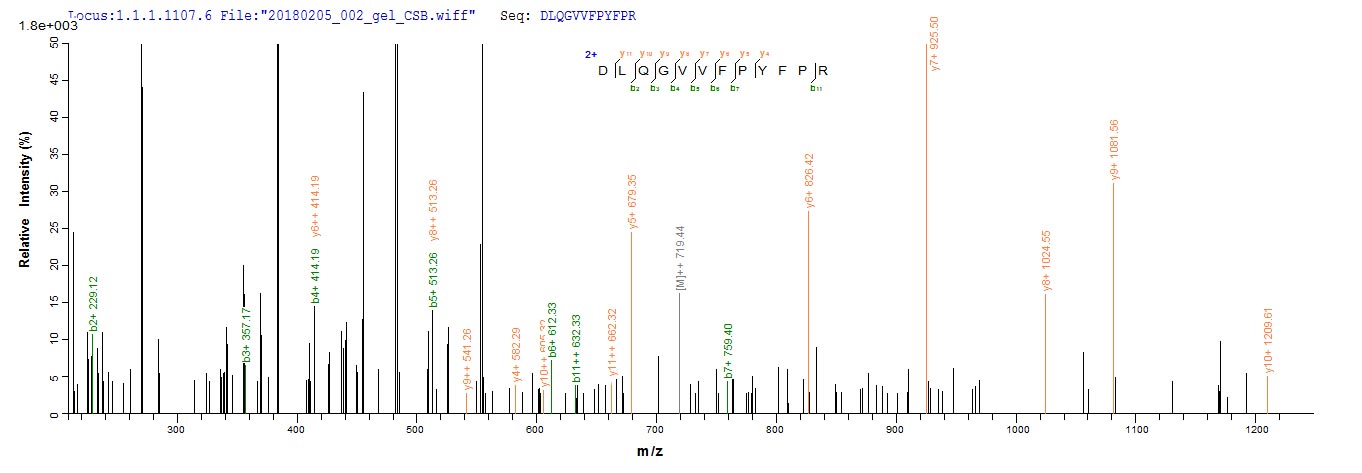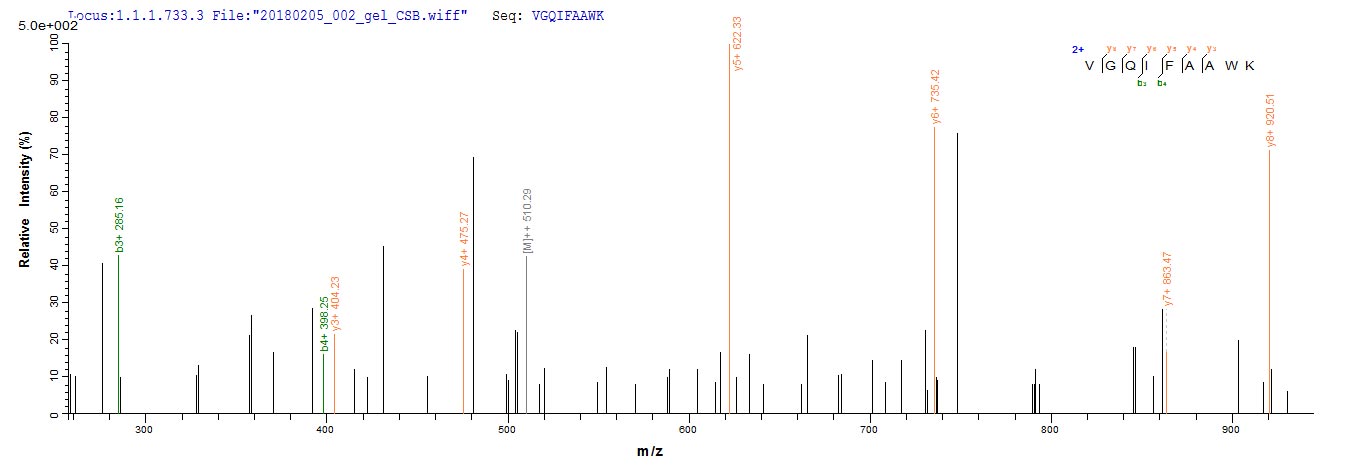CUSABIO synthesized the recombinant gene by integrating the N-terminal 10xHis tag sequence into the targeted gene encoding the 16-354aa of the human HAPLN1. The synthesized gene was subsequently cloned into an expression vector. After cloning, the expression vector was introduced into the Mammalian cell for expression. The product was purified to obtain the recombinant human HAPLN1 protein carrying N-terminal 10xHis tag. The SDS-PAGE assayed the purity of this recombinant HAPLN1 protein greater than 85%. This HAPLN1 protein migrated along the gel to a band of about 42 kDa molecular weight.
HAPLN1 is a gene providing instruction of making a protein named hyaluronan and proteoglycan link protein 1 (also known as proteoglycan link protein) in human and belongs to HAPLN family. The HAPLN gene family includes four members, including HAPLN1, HAPLN2, HAPLN3 and HAPLN4. Among of them, HAPLN1 is expressed in a restricted subset of adult tissues. A study has revealed that HAPLN1 loss in the aged tumor microenvironment drives a breakdown in the crosslinking of the ECM, which promotes melanoma migration while limiting intravasation of tumor-infiltrating lymphocytes.








